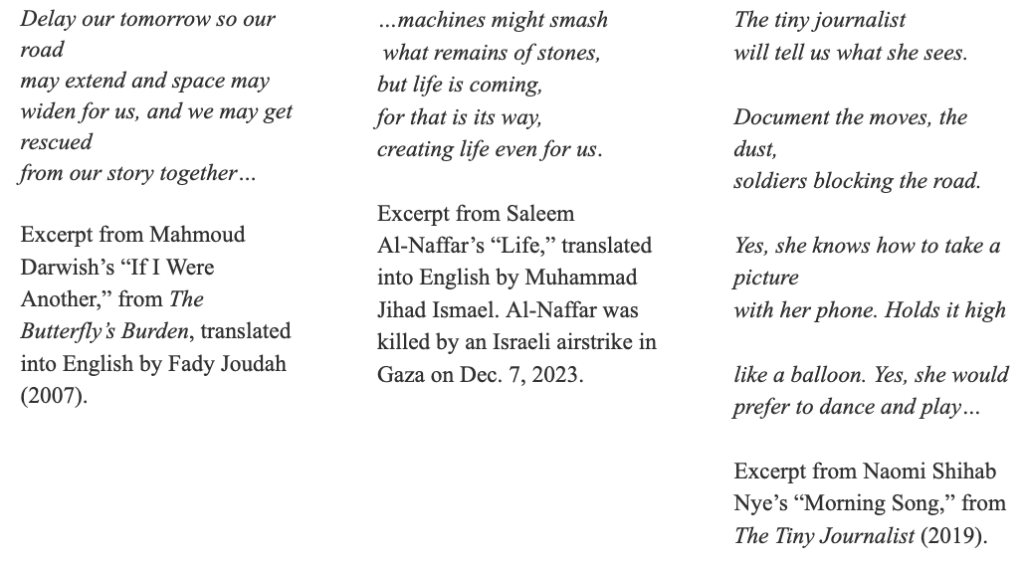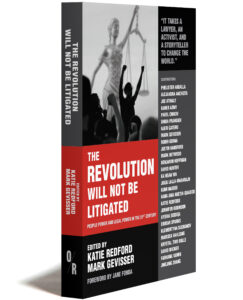Tracy Renee McCarter and Samah Sisay
Volume 26.2 (download PDF)
Abstract
In March 2020, Tracy McCarter defended her life during a domestic violence incident that resulted in the death of her husband. She was arrested and subsequently spent months at Rikers Island during the height of the COVID-19 pandemic after being charged with murder in the second degree by the Manhattan District Attorney’s Office. Tracy McCarter’s case is only one example of how the United States’ criminal legal system deems that certain individuals, particularly Black women, have no claim to self-defense. Discussing Tracy McCarter’s case and other cases of self-defense, this Article provides an overview of the limited applicability of self-defense for survivors of gender-based violence and critiques the level of discretion district attorneys have but often refuse to use in these cases. This Article explores the history of selective applicability of self-defense laws that often particularly fail and exclude Black women who protect themselves against gender-based violence. It argues that: (1) arrest, prosecution, and incarceration cause perpetual trauma and block the healing that survivors of gender-based violence need to rebuild their lives after abuse; and (2) district attorneys can reduce the unjust criminalization of survivors of gender-based violence who act in self-defense by using their discretion to drop charges or refuse to prosecute specific cases.



 Photo credit: Adam Schultz Creative Commons/
Photo credit: Adam Schultz Creative Commons/